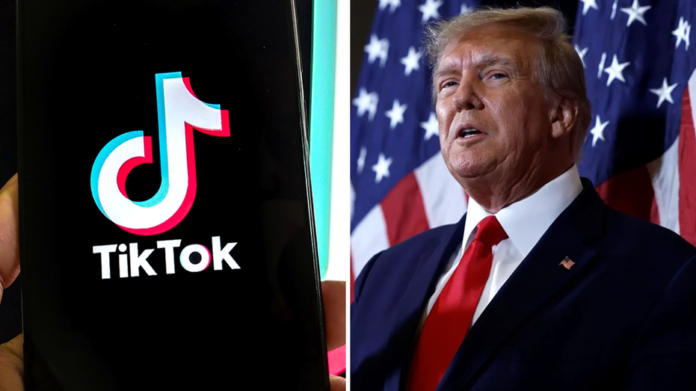In a surprise move on June 19, 2025, President Donald Trump signed a new executive order granting TikTok another 90‑day extension to resolve ownership issues or face a nationwide ban. This marks the third reprieve since Trump took office on January 20, 2025, and follows earlier extensions in January and April. The new deadline to complete a “qualified divestiture” of ByteDance’s U.S. operations is now September 17, 2025, giving all sides more time to negotiate a solution that Congress and the courts will accept businessinsider.com.
ByteDance Divestiture Talks Stall Over Core Technology
Under the Protecting Americans from Foreign Adversary Controlled Applications Act (PAFACA), TikTok must sever operational and financial ties with China‑based ByteDance before the extended deadline or face an outright ban in the U.S. en.wikipedia.org. However, experts warn that a true divestiture is nearly impossible. TikTok’s global infrastructure relies on a centralize recommendation algorithm—its key intellectual property—that cannot be neatly split apart without crippling the service. Previous proposals in 2021 and 2022, including licensing the algorithm or granting special oversight, failed to satisfy U.S. national security officials. President Trump himself has acknowledged that any final deal will likely “require China’s approval,” adding political complexity to an already thorny legal process businessinsider.com.
Rising National Security Worries
This extension arrives amid rising concern that foreign‑controlled apps could be leverage for malign influence or espionage. The Department of Homeland Security’s 2025 Threat Assessment highlights how adversarial states use social media platforms to “sow distrust in our institutions” and run covert influence campaigns targeting American users industrialcyber.co. Officials worry that unrestricted access to user data might expose sensitive information, while manipulation of the algorithm could spread propaganda or suppress content critical of the Chinese government. The law aims to protect citizens, yet its enforcement hinges on a divestiture path that no party has yet found practical.
China’s Gatekeeping Role
In January 2025, Chinese Foreign Ministry spokeswoman Mao Ning hinted that Beijing might let ByteDance sell TikTok’s U.S. arm, stating that “corporate operations and acquisitions should be decided independently by companies based on market principles.” Yet Chinese export‑control laws treat TikTok’s algorithm as a strategic asset, and regulators have threatened to block any sale that undermines national security or technological sovereignty.
ByteDance’s close ties to sanctioned firms and even China’s defense sector only deepen suspicions in Washington. Industry insiders say that without a political green light from Beijing, any U.S. buyer would receive only a hollow shell of the platform, rather than the intact service Americans know en.wikipedia.org.
Analysis and Insights
At this stage, neither side seems keen to pull the plug on TikTok. The Trump administration has softened its earlier, harder‑line stance—possibly recognizing the app’s role in modern political organizing and youth engagement. Meanwhile, ByteDance publicly courts U.S. investors even as it privately braces for a sale that may strip away its prized technology. The repeated extensions reveal that PAFACA’s strict timeline clashes with the realities of splitting a billion‑user platform from its Chinese parent.
In my view, a workable path forward would involve a hybrid model: a U.S.‑based entity operating TikTok under strict data‑localization rules, combined with independent oversight of the algorithm by a consortium of American tech firms. This compromise could satisfy national security concerns without discarding the technology that powers TikTok’s success.

